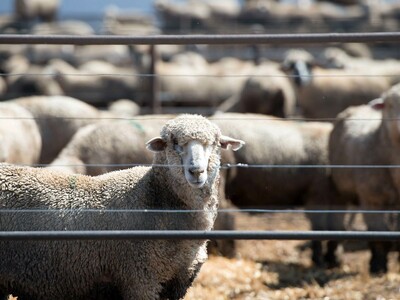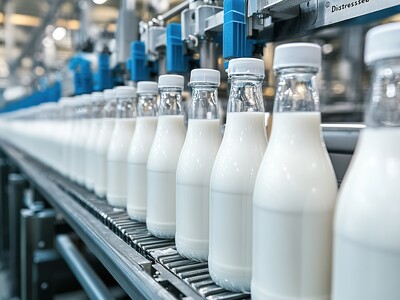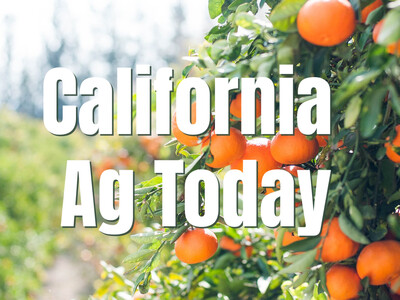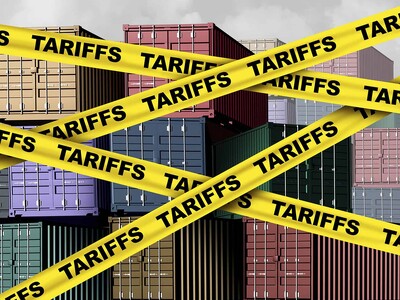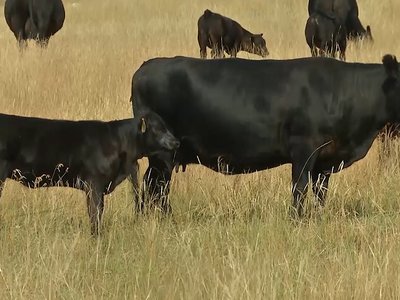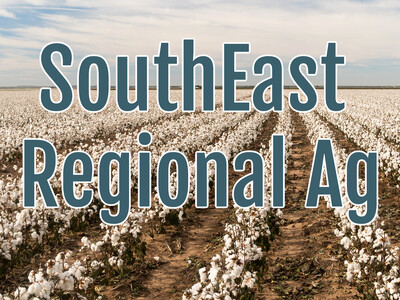CARES act
Ag information network of the West reporter Bob Larson recently said “Grocery stores and farm groups have been urging people to buy only the food they can use, but a number of staple products have seen surges of demand, including dairy.Analysts say people have been stocking up on milk, cheese, ice cream and other products.As the COVID-19 pandemic grips America, many are struggling to meet their basic needs and adjust to rapidly changing access to everything from grocery stores to medical attention. And for the more than 26 million now-jobless Americans, being able to afford food may be more of a problem than being able to get to a well-stocked grocery store.
In order to expedite the delivery of food to needy Americans as quickly and efficiently as possible, USDA, with funding provided by lawmakers in the CARES act, has developed the Coronavirus Food Assistance Program. The $19 billion agriculture aid package includes $3 billion dedicated to increased commodity purchases for food aid programs. This initiative, which will bring farmers and food banks closer together, will be in addition to USDA’s existing food purchasing programs (What’s in USDA’s New Coronavirus Food Assistance Program?)
Background
There are two main ways that USDA directly connects farmers with food aid programs: vouchers to utilize at farmers’ markets and direct purchases through the Food Purchase and Distribution Program.
At farmer’s markets across the country, participants of USDA’s food aid programs are either able to use their electronic benefits transfer card directly with the vendor if the vendor is an approved SNAP retailer, or they can receive a voucher from the farmers’ market authority to use at any vendor. The voucher system provides a simple avenue for all vendors at the market to utilize one SNAP retailer license.
Under the direct purchase program, USDA buys food from approved vendors who have proven they are able to supply U.S.-produced products, which the department distributes to states for use in food banks and local food pantries. An approved vendor must complete the vendor registration form, provide a company letter certifying the operation’s capability to perform, and three letters of reference from customers. Then, the purchases are made through a standard RFP, or solicitation, process and then awarded by USDA. The food purchase decisions are based on analysis conducted in the distribution region and comes through the solicitation process for what is in demand in that region.





